If you are new to keeping chickens, you will eventually have to do some reading on the diseases that can befall your flock. In the lists of common ailments, you’ll encounter plenty of problems to keep in the back of your mind as you observe your birds.
Some are serious but easily understood. Problems like an impacted crop, mites, or intestinal worms aren’t nice, but their causes make sense. Then there are the other problems that carry a dark specter — the viruses that can’t be seen, come from nowhere, and can take out an entire flock right before your eyes.
Marek’s disease seems to be one of those problems. Some chicken-keepers go their entire lives without ever seeing the havoc it can wreak. Others aren’t so blessed. Though it’s not the happiest of topics, let’s go into what this cancer-causing virus is, how it manifests in a sick bird, and what you can do if it ever rears its ugly head in your coop.
Let’s get into the hard facts about this disease.
What Is Marek’s Disease?
Marek’s disease is a viral neoplastic disease that’s specific to chickens. Basically, this means it causes the growth of tumors inside the chicken’s body. It is caused by a virus species called Gallid alphaherpesvirus 2 (for those who are curious). A herpes-type that is very communicable. For all its virulence among poultry, however, it is not currently transferable to humans.
The virus is spread through chicken dander, or more specifically, the dust from the feather follicle. It infects a bird through being inhaled. As you may imagine, such a difficult-to-contain material means that transmission of the disease is deadly easy. Even the wind can move it from one area to the other. Young birds are the most susceptible to its ravages — typically birds under 4 months old.
The Symptoms Of Marek’s Disease
You can’t look inside your birds’ bodies to see the tumors, but you can observe their behavior. There are four presentations of the disease: neurological, cutaneous (affecting the skin), ocular (affecting the eye), and visceral (affecting the inner organs). Affected birds may not display all the associated symptoms, but there are some general trends that help in diagnosing their condition.
Neurological Form
The most well-known effect of Marek’s disease is leg paralysis. The neurological form of it affects a chicken’s ability to walk, and often results in the birds looking like they’re stuck doing the splits. Their wings and head will also lose coordination, resulting in a bird that can’t move anymore.
Ocular Form
Some chickens affected by the ocular form exhibit a change in eye color. Infected birds show a grayish pupil with an irregularly-shaped iris, and they may go blind.
Cutaneous Form
The cutaneous form causes lesions and scabs around the feather follicle.
Visceral Form
The visceral form causes internal symptoms that you won’t be able to see on your own. Enlarged nerves, tumors on the organs, and a swollen liver and spleen are often detected postmortem. It obviously won’t help the bird in question, but it may help you take action to save the rest of the flock.
Other Potential Symptoms
The following symptoms may also be observed, but take note. These are not specific to Marek’s Disease alone.
- Anemia (exhibited by a pale comb and wattles)
- Lethargy
- Weight loss
- Appetite loss
- Stop of egg laying
Can Marek’s Disease Be Cured?
Most sources say that the mortality rate for a sick bird is 100%. However, it is such a contagious disease that it is presumed that every flock — aside from those maintained in specifically sanitized conditions — has been exposed to the disease.
Related Post: Chicken Diseases
In the admittedly artificial environment of a large-scale poultry farm, many of the sick birds that die actually die from being trampled by the other birds or from dehydration and starvation. Since they can’t walk, they can’t get to the food and they can’t get out of the way.
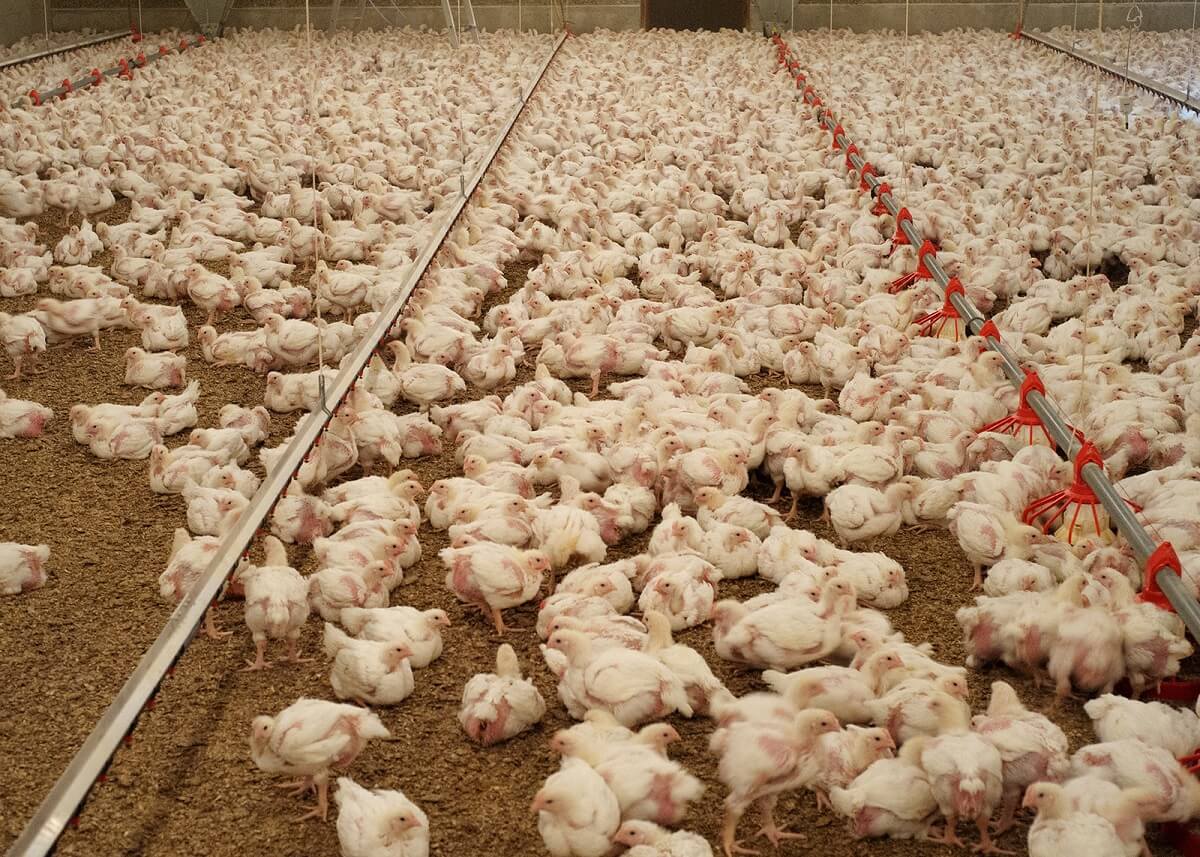
But what does a sick chicken look like on the homestead? Well, there are a lot fewer researchers observing those birds. Under a watchful eye and care, some birds have recovered — though they’ll be a carrier of the disease for the rest of their lives. A thoughtful homesteader will make sure not to sell or trade the surviving birds. Doing so will just spread the disease to a neighbor.
There’s little literature on how to care for a sick bird. Good practices, however, include isolating the affected hen or rooster to prevent the spread of the disease and doing your best to make sure they have access to food and water.
Preventing Marek’s Disease
Here’s a sticky topic. Prevention is generally sought through vaccines to protect the flock. But as you’ll see in some widely-published research, the very vaccines meant to halt Marek’s Disease in its tracks are “leaky.” This means that even if a vaccinated bird shows no sign of the virus, it can still spread the disease to unvaccinated birds. Also, the vaccine’s inherent issues have spurred the virus to mutate into much more virulent strains.
In the 1970s, when the vaccine was introduced, though the morbidity rate was high (it is a herpes virus, after all), the mortality rate was low and the effects rather mild. After decades of leaky vaccinations, there are now six syndromes of Marek’s disease, all with their own horrible M.O.
Some forms of the infection are almost always fatal. Others, not so much. I know that is not necessarily helpful if you’re trying to figure out what to do with a sick bird. The fact is, there’s a lot of variation to the situation such as your bird’s personal constitution and the form of the disease, that truly makes it hard to determine the outcome.
Related Post: Chicken Wormers: A Guide
I offer this bit of hope, however. For the small-scale poultry operation — your homestead, for example — it is possible to raise birds that can fight the disease. As I said earlier, some birds have been known to heal after being infected. Though they will remain carriers for the rest of their lives, they can still produce healthy offspring.
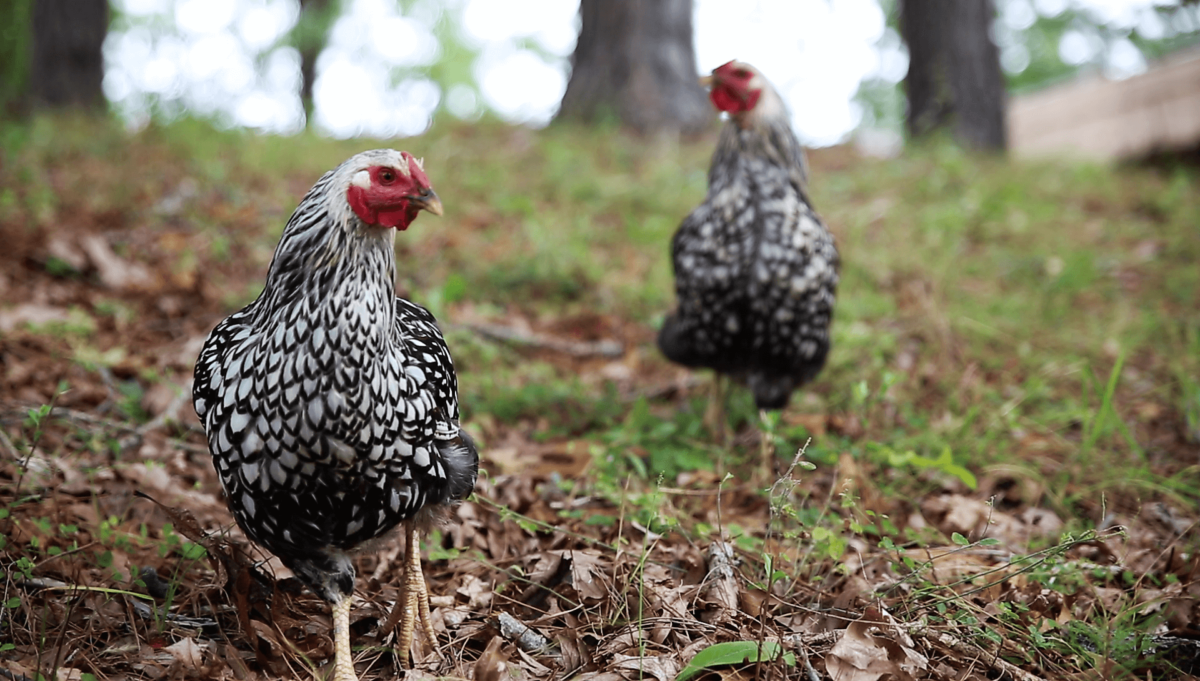
Other strong, healthy birds can fight the disease naturally, and may only succumb if their defenses are weakened by stress. Since the disease is so ubiquitous and can even be carried by the wind or wild birds, I think it’s safe to assume that most every chicken has been exposed at some point.
So, it’s a weird choice. For large-scale poultry operations, vaccination is basically required. Otherwise, an outbreak can swiftly take out more than 80% of their flock. But for the small-scale flock on a homestead, you have options. Maintaining the health of your flock through good food, clean conditions, and low-stress environments may be just as (or even more) effective than depending on a vaccine alone.
What You Should Do
Though all this information is quite grim, I hope you don’t read it and then rush out to hopelessly bid your flock adieu. Like I said in the introduction, many chicken-keepers — particularly those with small flocks on homesteads or backyards — go their entire lives without having to deal with this issue.
Turning this disease into an unseen boogeyman that waits to wipe out your flock as soon as you turn your back can suck the joy out of keeping these wonderful birds. It can also make you paranoid! A chicken may sprain her leg jumping down from a perch, and the lameness may make you immediately suspect the worst.
So equip yourself with knowledge, and take a deep breath. Following good flock management practices will help you arm yourself with prevention.
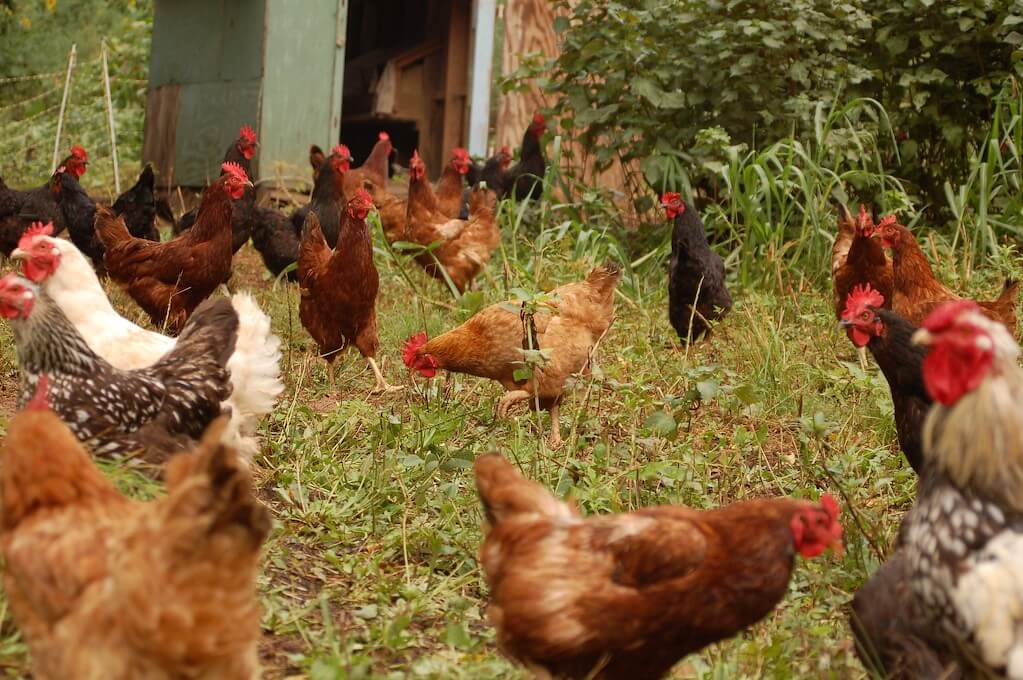
If you want to make sure your birds are vaccinated, research hatcheries before you go out and bring home an adorably fluffy brood. Many hatcheries automatically vaccinate birds while in the egg or the day they have hatched. If you want to avoid the vaccine, you can continue your research and find hatcheries with that option.
Related Post: Chicken Hatcheries
Since chicks hatch free of the disease even if the mother was infected, another option is to breed your own birds. If breeding is your choice, make sure you use caution when visiting other places with chickens. The disease is so easily spread that having a plan to implement biosecurity on your property can serve to protect you and your birds.
Isolating and quarantining newcomers, disinfecting or changing footwear before it re-enters your animals’ world, and changing your clothes after visiting a different farm are simple measures that can make a world of difference.
How To Prevent The Spread Of Disease
If you do find that Marek’s has paid your homestead an unwanted visit, there are steps you can take to moderate the situation. First, don’t transport your poultry off your land. You don’t want to spread the virus. Second, clean their area as well as possible. Marek’s can survive for years in the soil, but do the best you can with the resources you have. For some of us with free-range birds, those options are understandably limited.
Finally, if your entire flock does succumb to the disease, don’t lose hope. Take a brief chicken sabbatical, and deep-clean the coop and all your chicken equipment. Read up on literature about Marek’s disease to help arm yourself with knowledge — but be aware the internet is full of conflicting and confusing resources. When you’re ready emotionally and physically, don’t be afraid to start a new flock and continue the joy of sharing life with these wonderful birds.
Have you ever dealt with Marek’s disease? Share your stories and questions in the comments below!


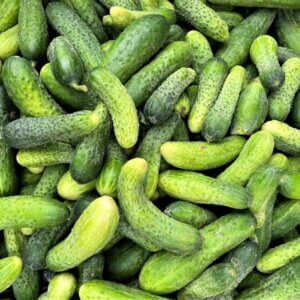







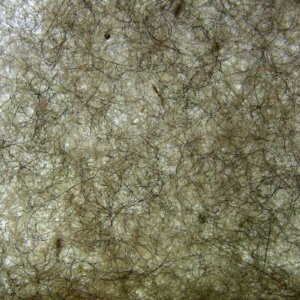




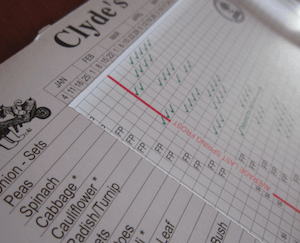







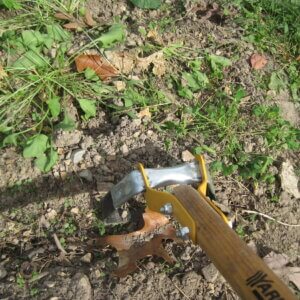

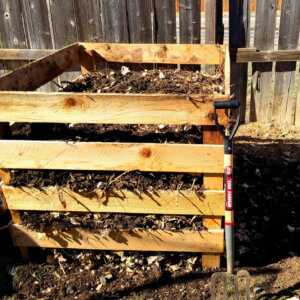
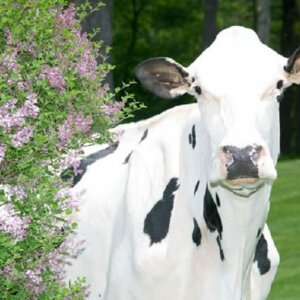
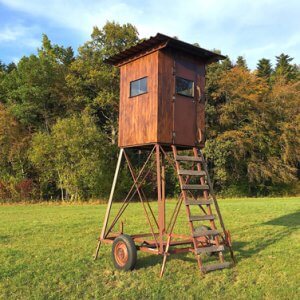
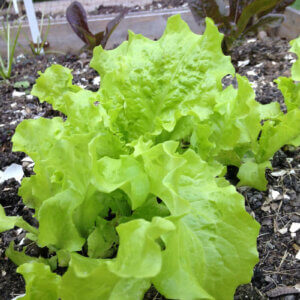







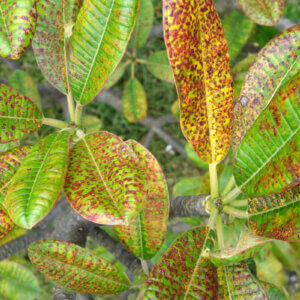

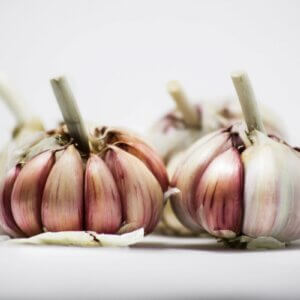


I was wondering. Can very cold temperatures kill the virus? Where we live, the temp can get to -10 at night and warm up to 30 during the day.
That’s a good question, Susan, and I wish I had a solid answer for you. I’ve tried researching this, but I’ve come up with an unclear answer. The best I’ve got at the moment is an uncited claim on a different article that the virus can survive for 65 weeks at “ambient temperatures” and for years in the soil (which I assume means soil that’s going through the seasonal warm/cold temperatures).
From what I know, it’s best to assume that, no matter what the weather, the virus is already in your chickens’ environment (wild birds can spread it, too). But if you have a healthy flock and support their health through keeping them in a low-stress, clean environment, they should be naturally strong enough to fend it off. Marek’s really only seems to swoop in when something weakens the chickens’ defenses (stress/wound/other sickness/etc). I hope that gives you some peace of mind! Though I hope this article gives you some decent information on the disease, I also hope it keeps it from becoming a Boogeyman.
I am currently dealing with this monster! To start my flock, I incubated the eggs, built a new coop, have been careful about bio-security … but we got it anyway. I’ve quarantined the two sick birds and cloroxed the coop, new bedding for the not yet sick birds. Now we wait.
Is the vaccine for this a one time one or do you have to revocation ?